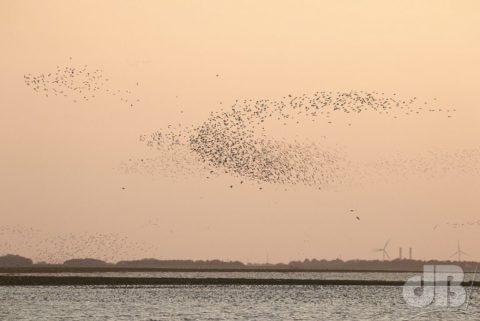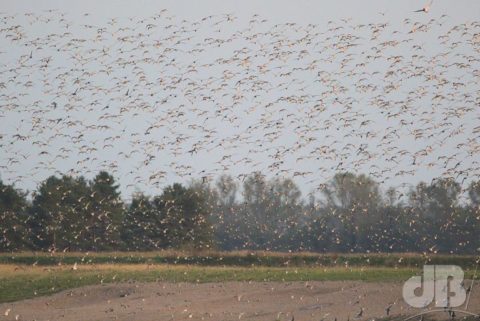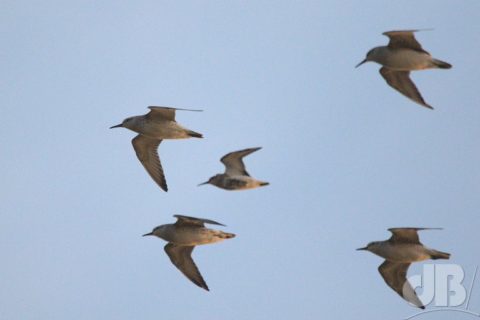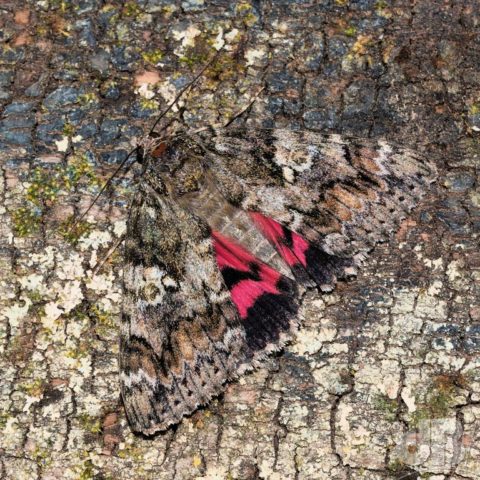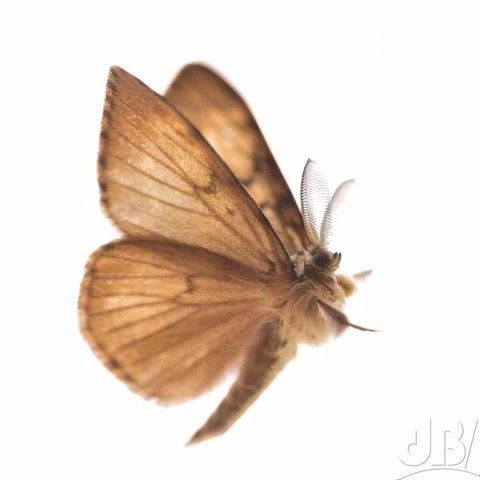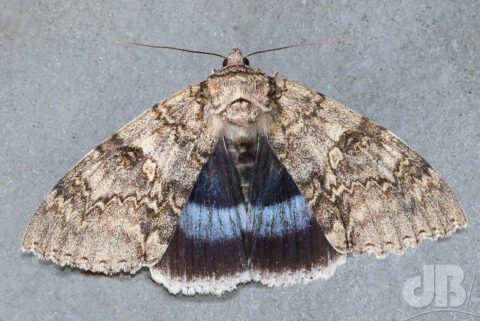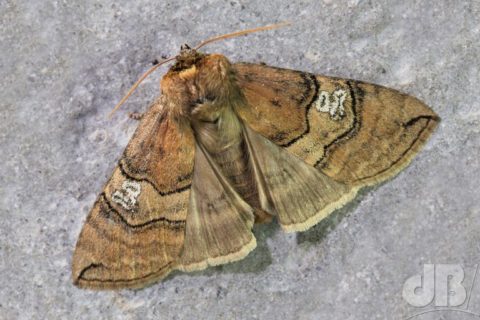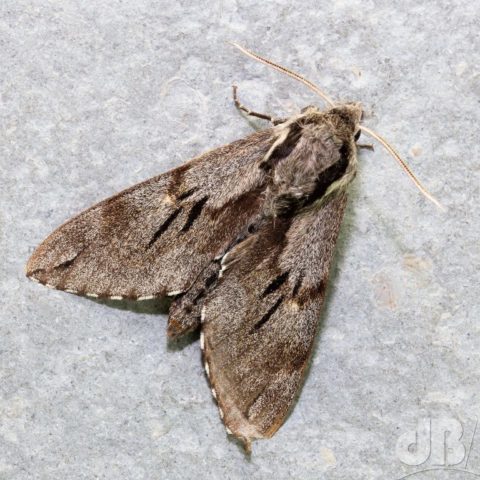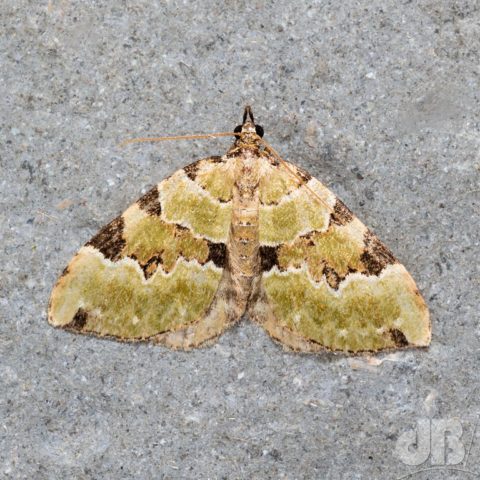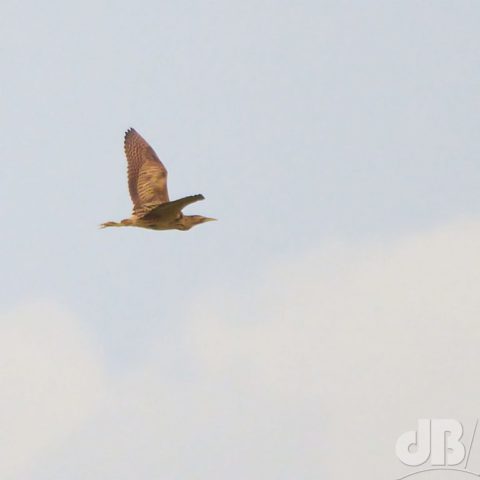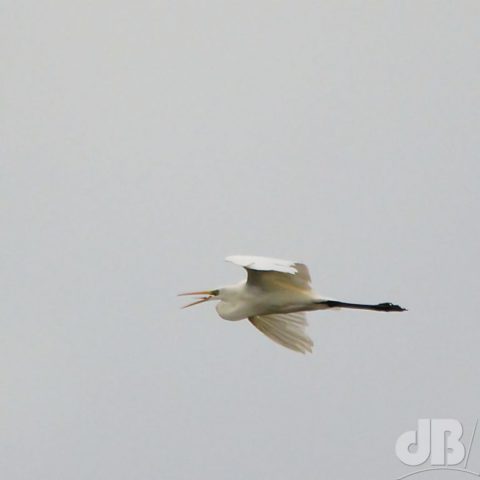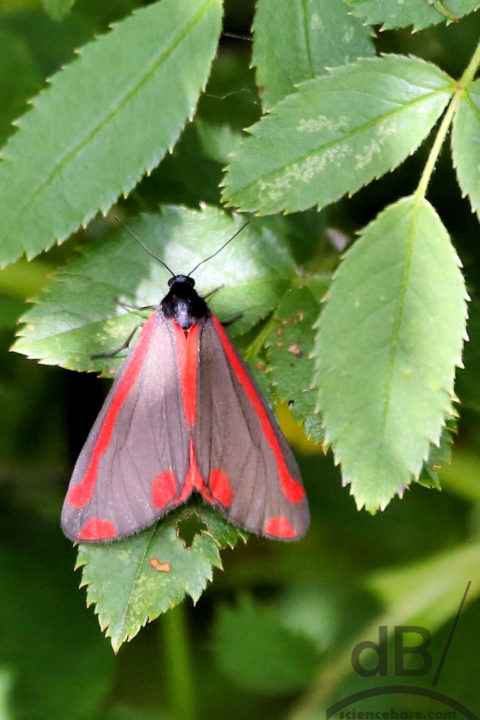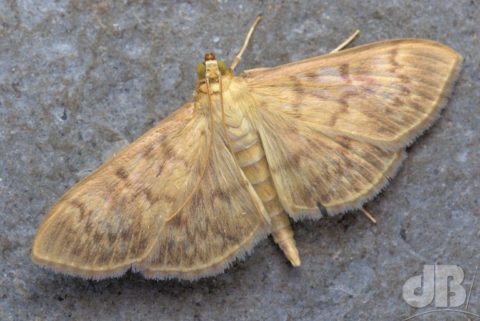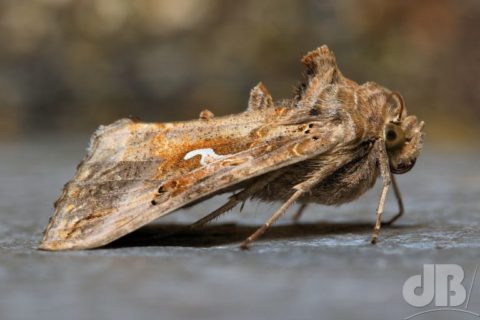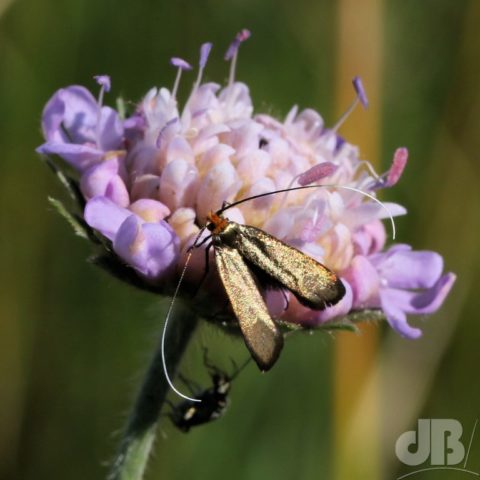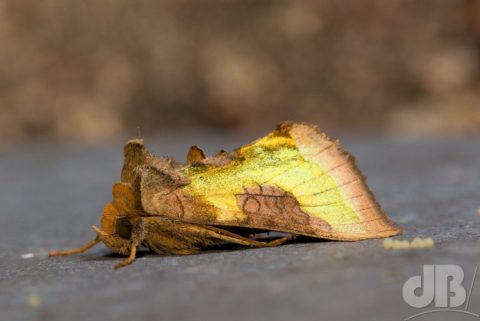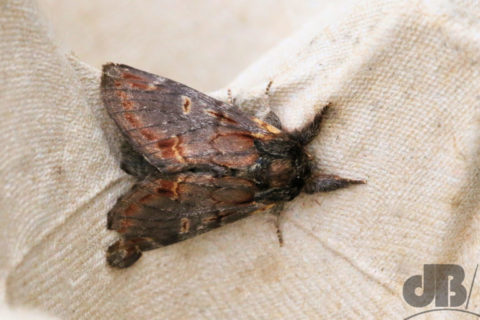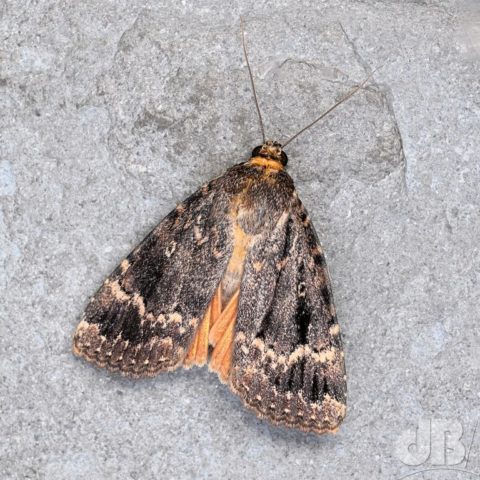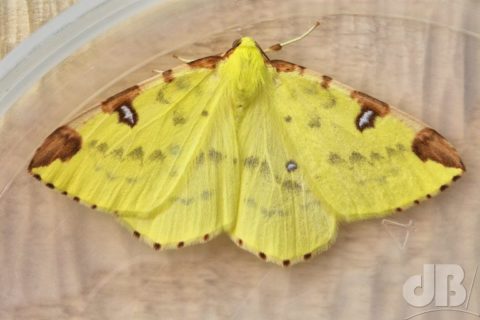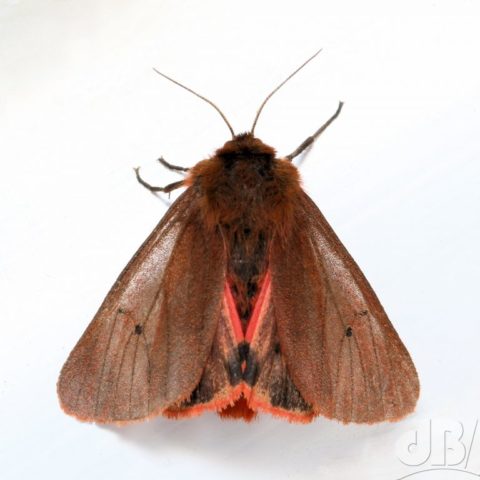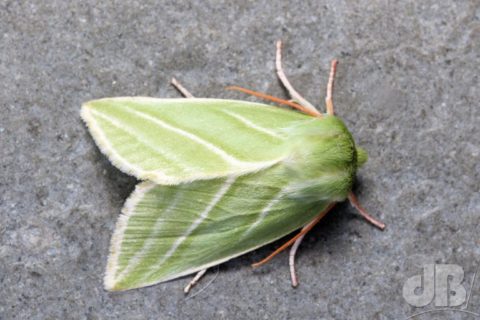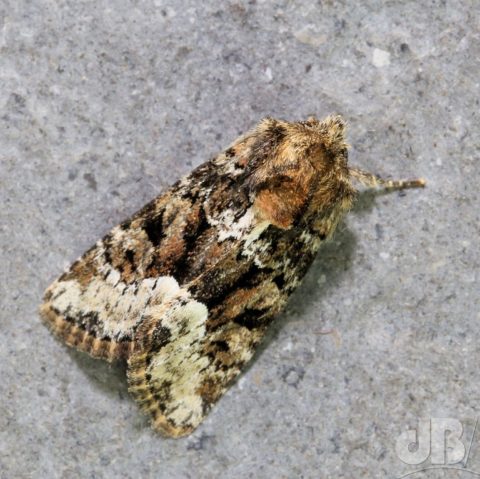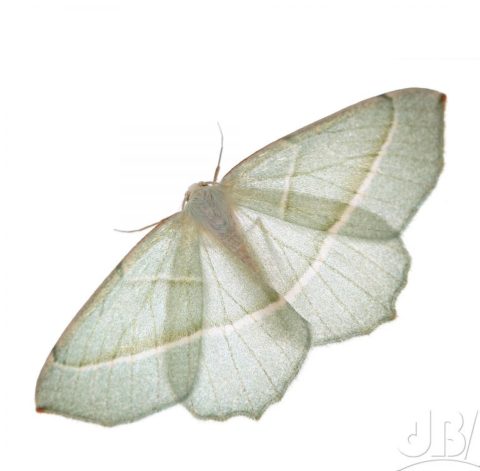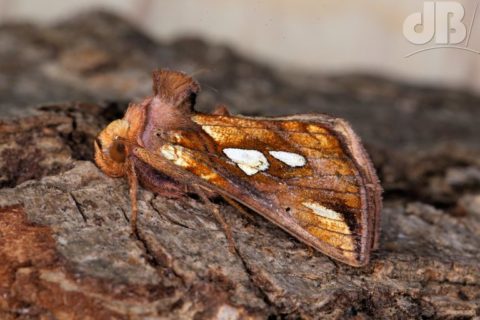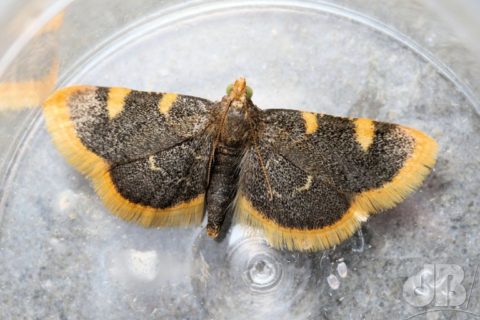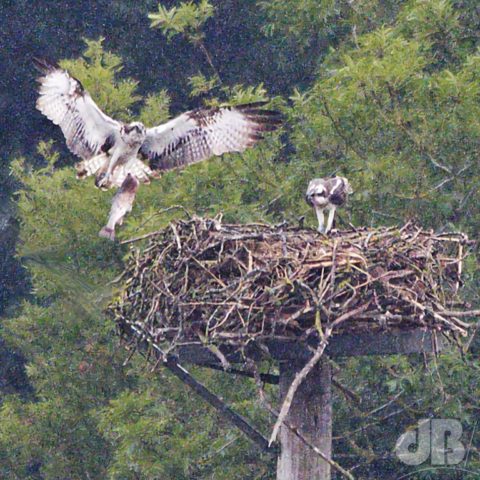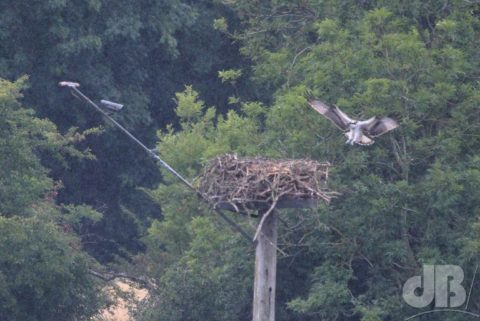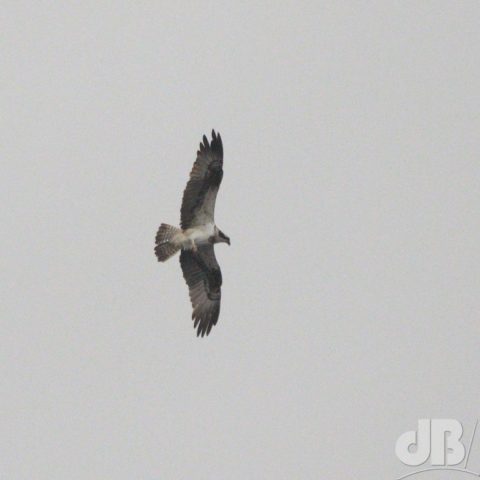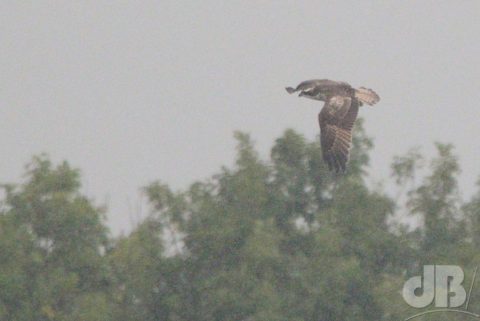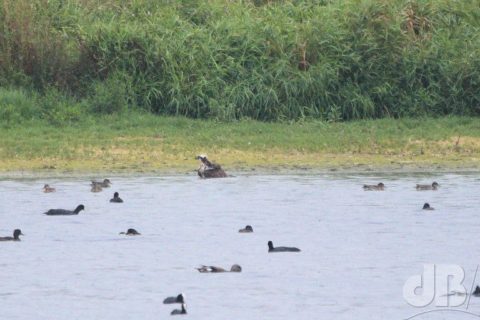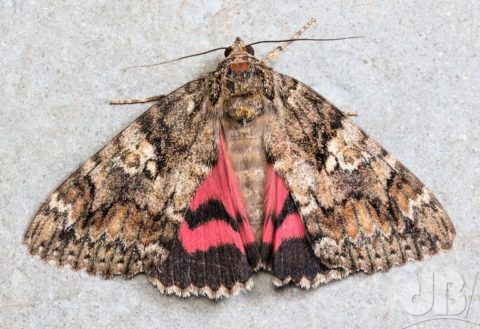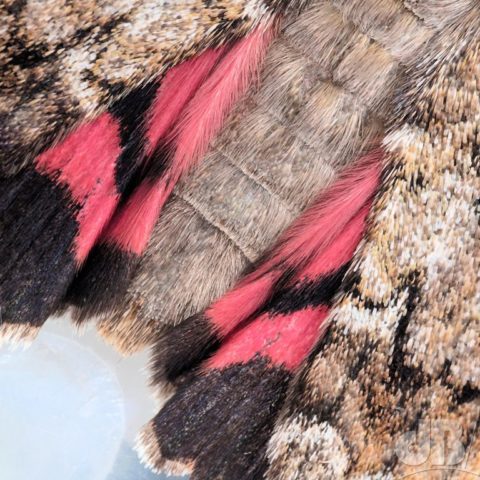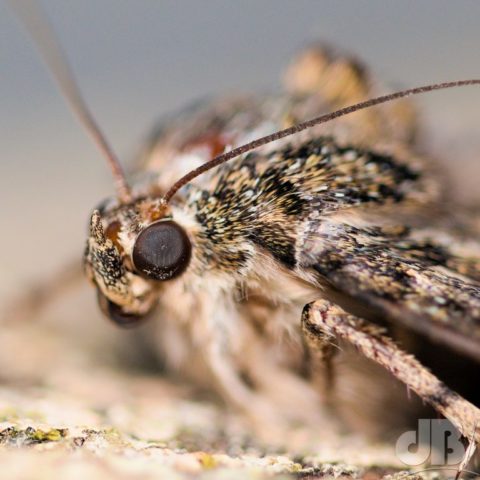If you’ve spent even just one of the recent spate of sultry summer nights outside, you may, if you closed your eyes briefly, be forgiven for imagining that the village had been lifted wholesale and transported to a balmy beach resort, a little farther than Bournemouth and certainly not northwards to Barnard Castle, say somewhere on The Mediterranean coast. But, it’s not so much about the heat and humidity that has led to perspiring gents and glowing local ladies, rather it’s the sound.
Have you heard it? The chirping, chirruping as the dusk settles and the night draws on? The sound seems to bounce from garden to garden as one perambulates the pavement. It’s as if someone is playing a trick on you, first it’s to your left at number 12, then it’ over the road at number 15 and back to 11 and, bizarrely, no, it’s definitely coming from number 18…probably the back garden.
The sound is quite evocative, it’s the sweet monotonically melodic note of the House Cricket, Acheta domesticus. Specifically, it’s the sound of the male of the species rubbing his wings together (termed stridulation) to make a sound to attract a female. It’s a mating call, in other words.
The House Cricket species is thought to be native to Southwest Asia and has been kept as a pet in China and Japan and probably elsewhere for centuries simply for the charming evocation of its chirping. After World War II, the species began its inextricable worldwide spread carried on the waves of human globalization that broke on international shores in the second half of the twentieth century. Today, it might be found almost anywhere and certainly when there is a run of days that top out somewhere above 30 Celsius and the nights don’t chill to below about 20 Celsius, we hear them in Cottenham.
Dry-roasted house cricket is a great source of high-quality protein and could be the future once we accept that the carbon footprints left by mammalian livestock are far too big for our boots. Indeed, as with all insects the animal provides a complete protein, in other words it contains all nine of the essential amino acids we need in our diets. Unfortunately, there has been a viral pandemic in the cricket world, cricket paralysis virus has devastated the cricket-breeding industries of North America and Europe. Thankfully, the industry discovered that the Jamaican field cricket is resistant to this virus and has usurped the house cricket as the invertebrate of choice in the industry.
Unfortunately, I am yet to get a photograph of one of the Cottenham house crickets, but I have made a recording of the sound for your delectation, in case you have not had the opportunity to sit a spell in the rocker on your porch on one of these summer nights. It’s worth noting that the faster the chirps, the warmer it is…or vice versa…when it gets warmer the crickets stridulate faster.
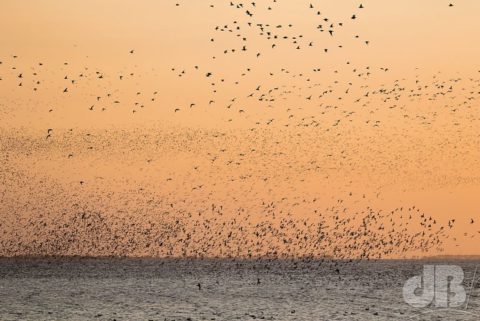
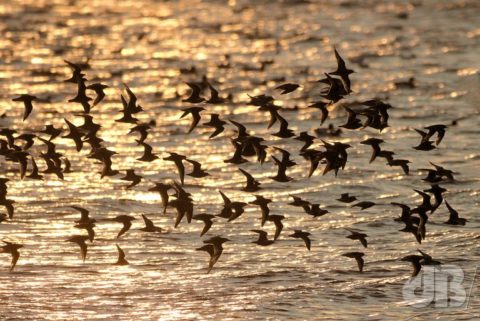
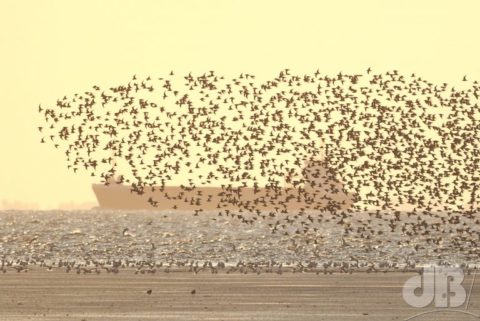
![]()
